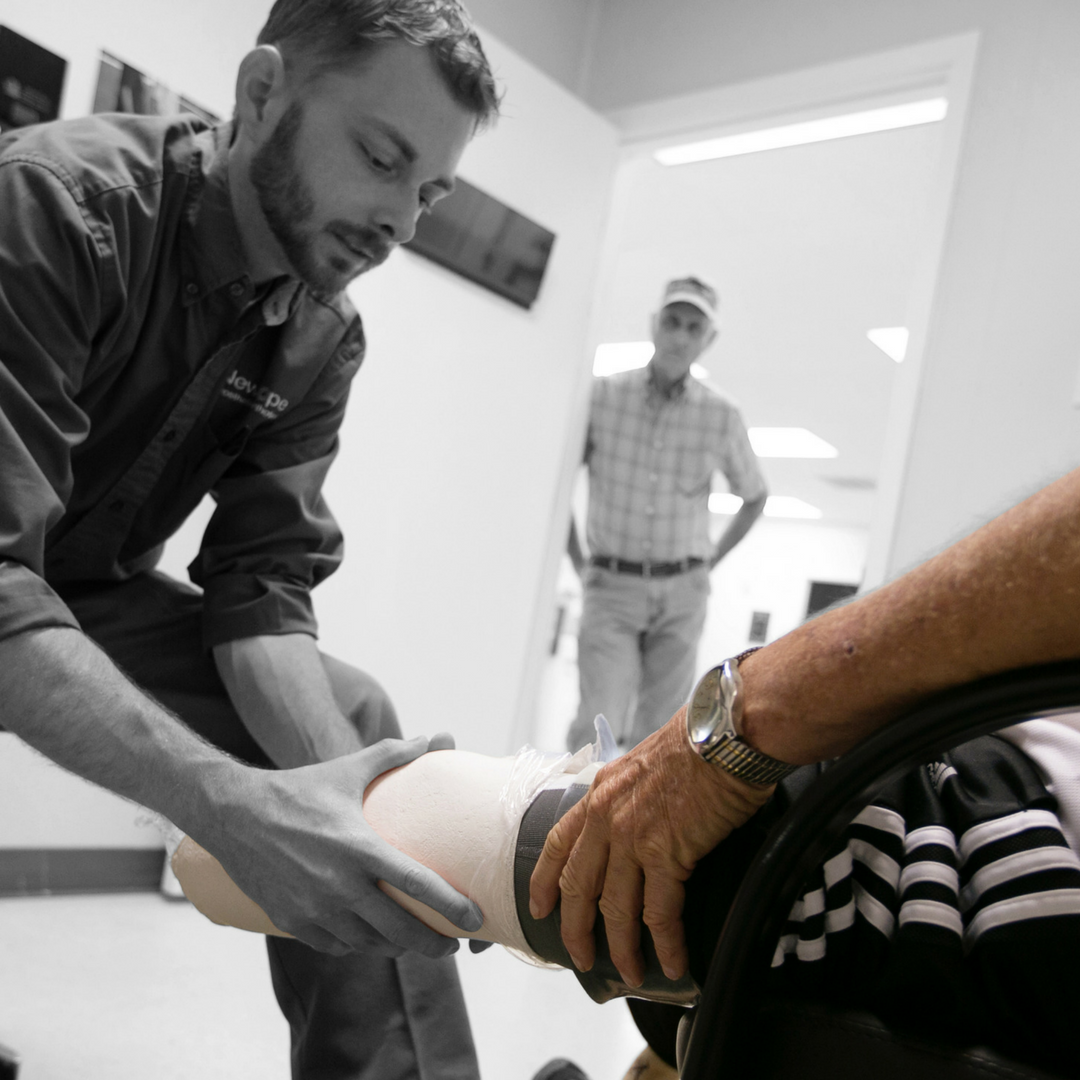How To Properly Care For A Residual Limb
Any amputation procedure requires a period of adjustment afterwards. Losing a limb is no small thing, but learning the proper way to care for your residual limb can help your body adjust to the change while also giving you the highest potential for a full recovery.
Proper care of your residual limb has many benefits:
Increased success rates with a prosthetic before and after getting fitted.
Faster recovery with lower complication rates.
Prevents skin irritations.
Reduces pain.
Hygiene
Pay attention to how your nurses and doctors are treating your limb post-op. This will give you a good baseline for how you should treat your residual limb, especially during the first stages of healing. Once you’re recovering at home, make sure to keep up a daily hygiene routine.
Wash your residual limb each night with mild soap and lukewarm water. Make sure you’re rinsing thoroughly (while remaining gentle); you don’t want any soap to irritate your skin. Proper healing can’t happen with bacteria infecting your incision site. Even once your incision is completely healed and you’re back on your feet with a prosthetic, you’ll need to be diligent in keeping it clean.
While baths are relaxing, be careful not to soak for too long. This can soften the skin and cause swelling.
When you dry your residual limb, use a gentle patting motion with a soft towel. Rubbing the sensitive skin can cause irritation.
Frequent Massaging
Start massaging your limb early on to get it used to being touched. This process makes your limb tougher in preparation for a prosthetist to examine it. It will also help you toughen up for the prosthetic itself.
At first, soft kneading motions or light tapping all over the residual limb will be best. You don’t want to get too rough too fast. Work your way up to deeper massages as you heal and the area gets tougher. You can do these massages on bare skin or through your soft dressings.
We recommend beginning these a few days after surgery for five minutes at a time, three or four times a day, with the permission of your doctor.
In addition to toughening your residual limb for a prosthetic, these massages can help break up scar tissue. Once your incision site is fully healed, put your thumb over the scar and move it back and forth in small circles. Scars tend to attach your skin to the bone below, and massaging the scar will cause the underlying tissue to move, keeping it from attaching to the bone.
Self Inspection
At least once a day, check the skin of your residual limb for any irritation, blisters, or red marks. Take note of unusual amounts of soreness or pain. You can use a mirror to check where you can’t see, paying special attention to the back of the residual limb, skin creases, and bony areas. If you find any unusual irritation, blisters, or red marks, talk to your doctor about treatment options.
Small irritations can turn into larger problems when they aren’t addressed. If you have any concerns about something going on with your limb, you need to voice those worries with your doctor or physical/occupational therapist.
Irritation Prevention
Until your incision site is 100% healed, don’t shave or apply lotions to your residual limb. Both can cause irritations that affect the healing process. If you are worried about dry skin, talk to your doctor about it. They may recommend a specific treatment or prescribe a non-irritating ointment.
Making sure that you’re taking care of your residual limb will help with the healing process and your success rate with a prosthetic. Establishing these healthy habits from the beginning will ease your body into the transition post-amputation.
Have questions about how to properly care for your residual limb? Talk to us! We want to help you through the recovery journey in any way we can.
-------
Here at New Hope Prosthetics and Orthotics, we want every new patient to know that they will receive top-of-the-line care from our excellent and experienced staff. We offer custom prosthetic and orthotic services as well as diabetic shoes and inserts. Our mission is to help patients reach their maximum recovery potential-- physically and emotionally. All patients are family here! We are available to discuss all parts of the recovery process, from pre-operative consultation to the patient receiving their new prosthetic.

